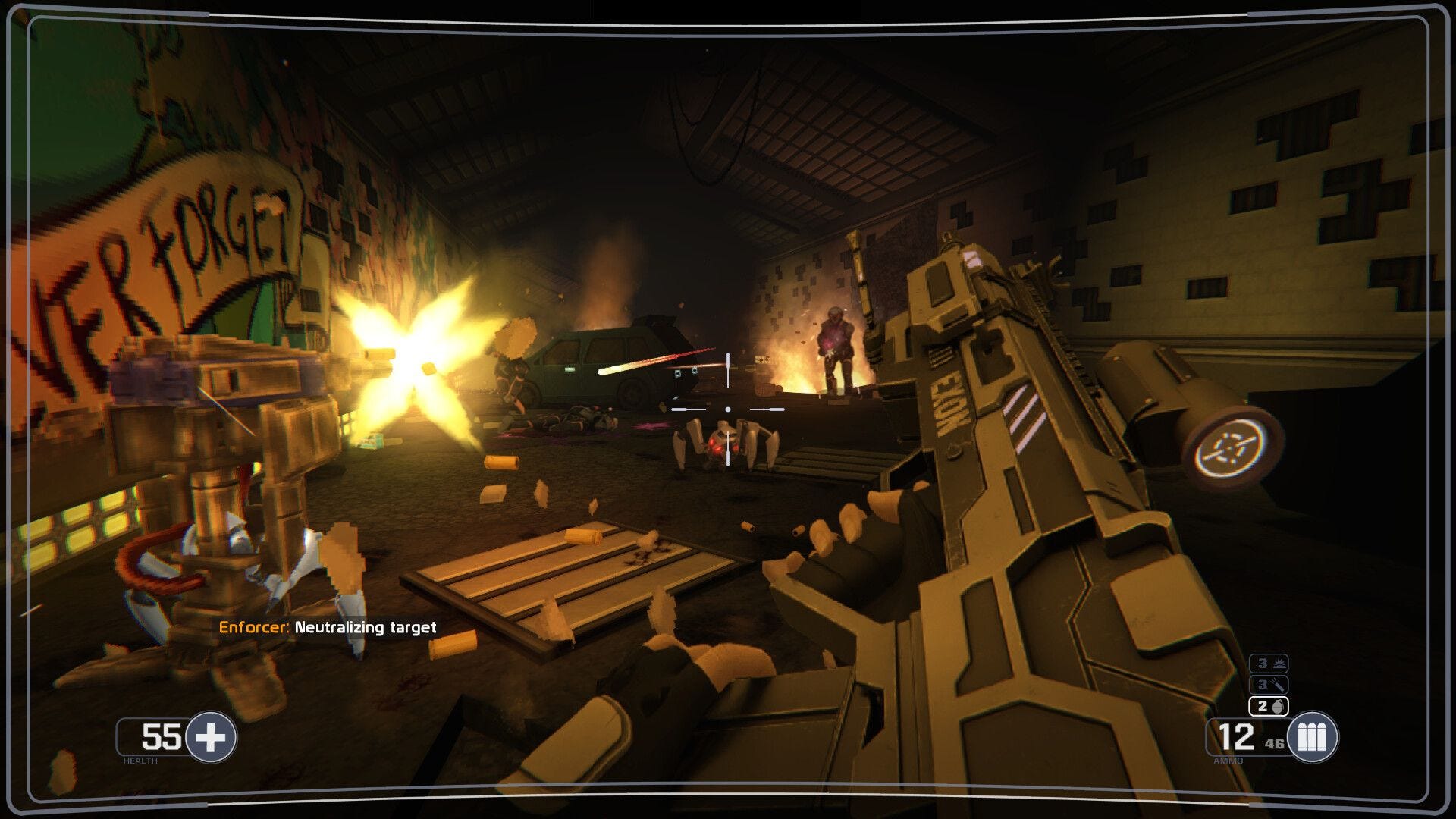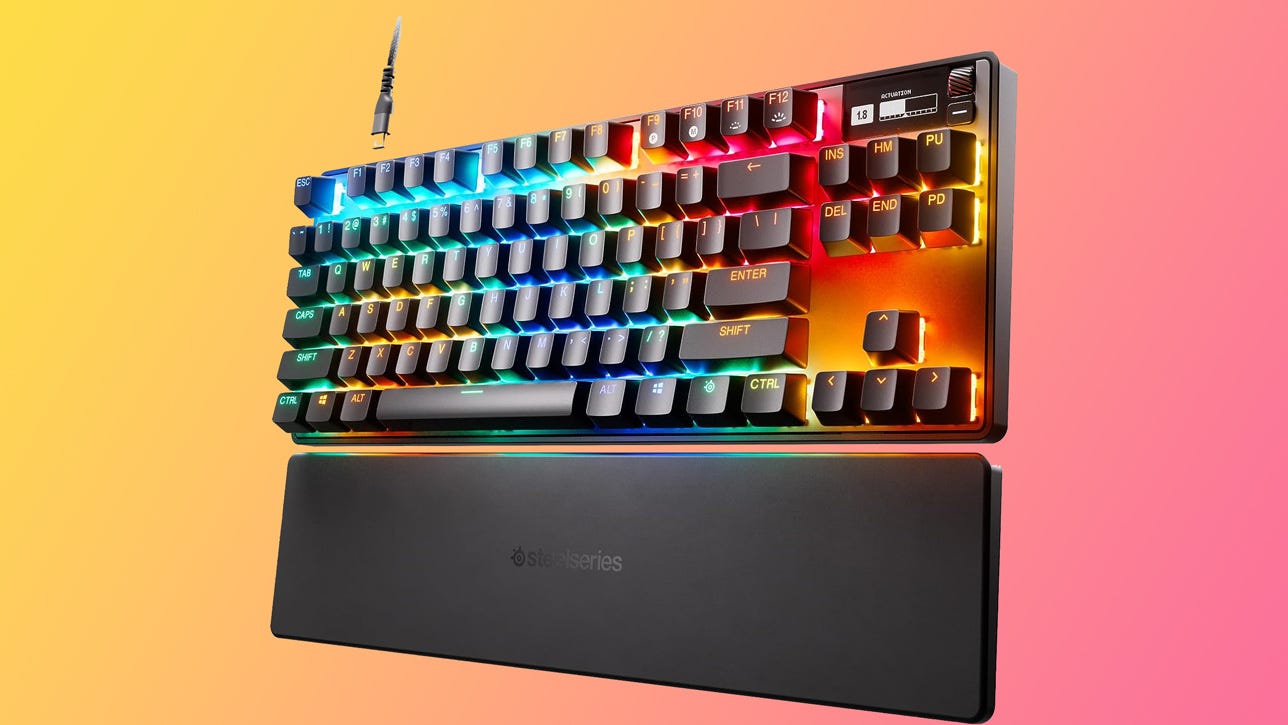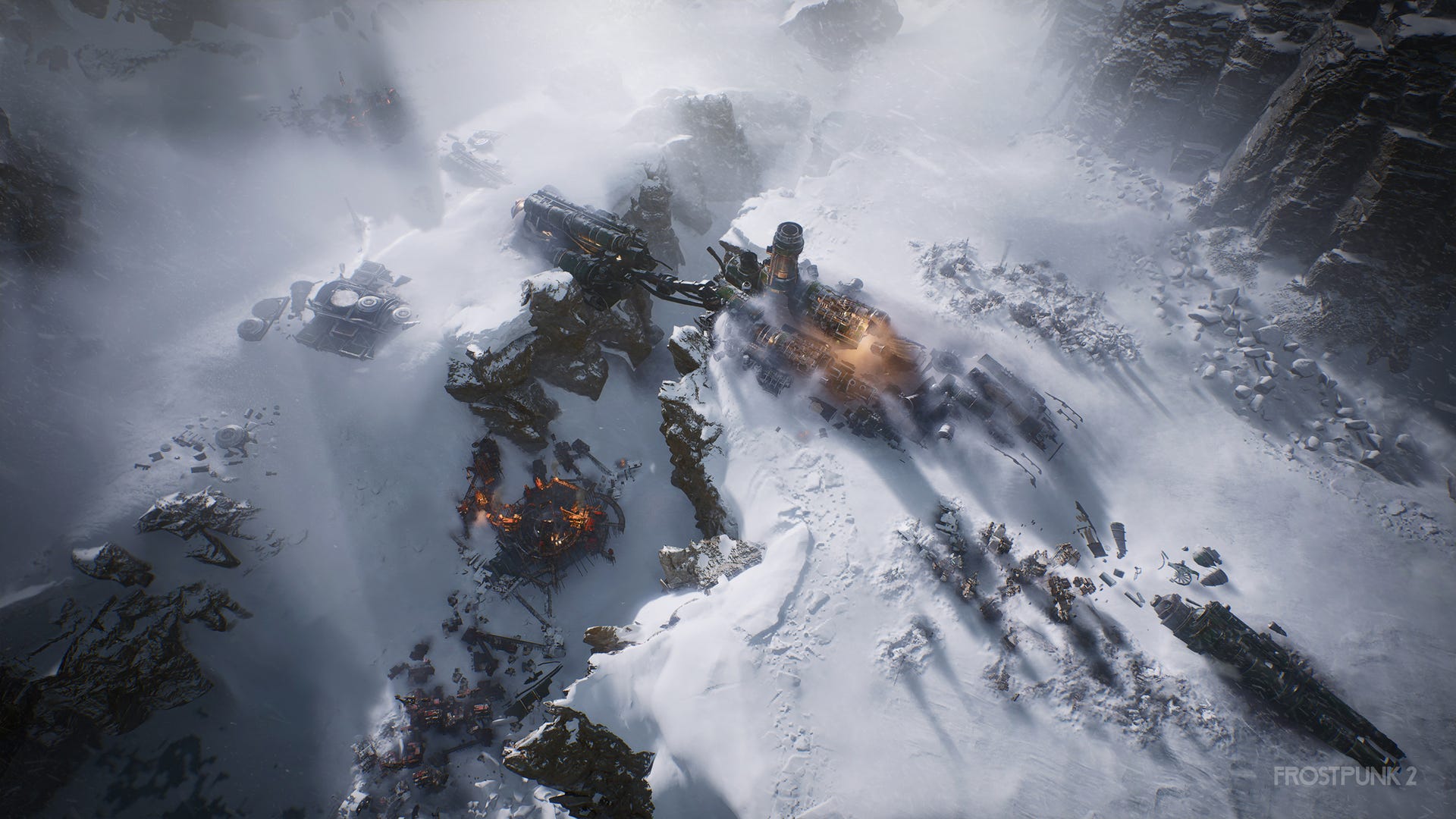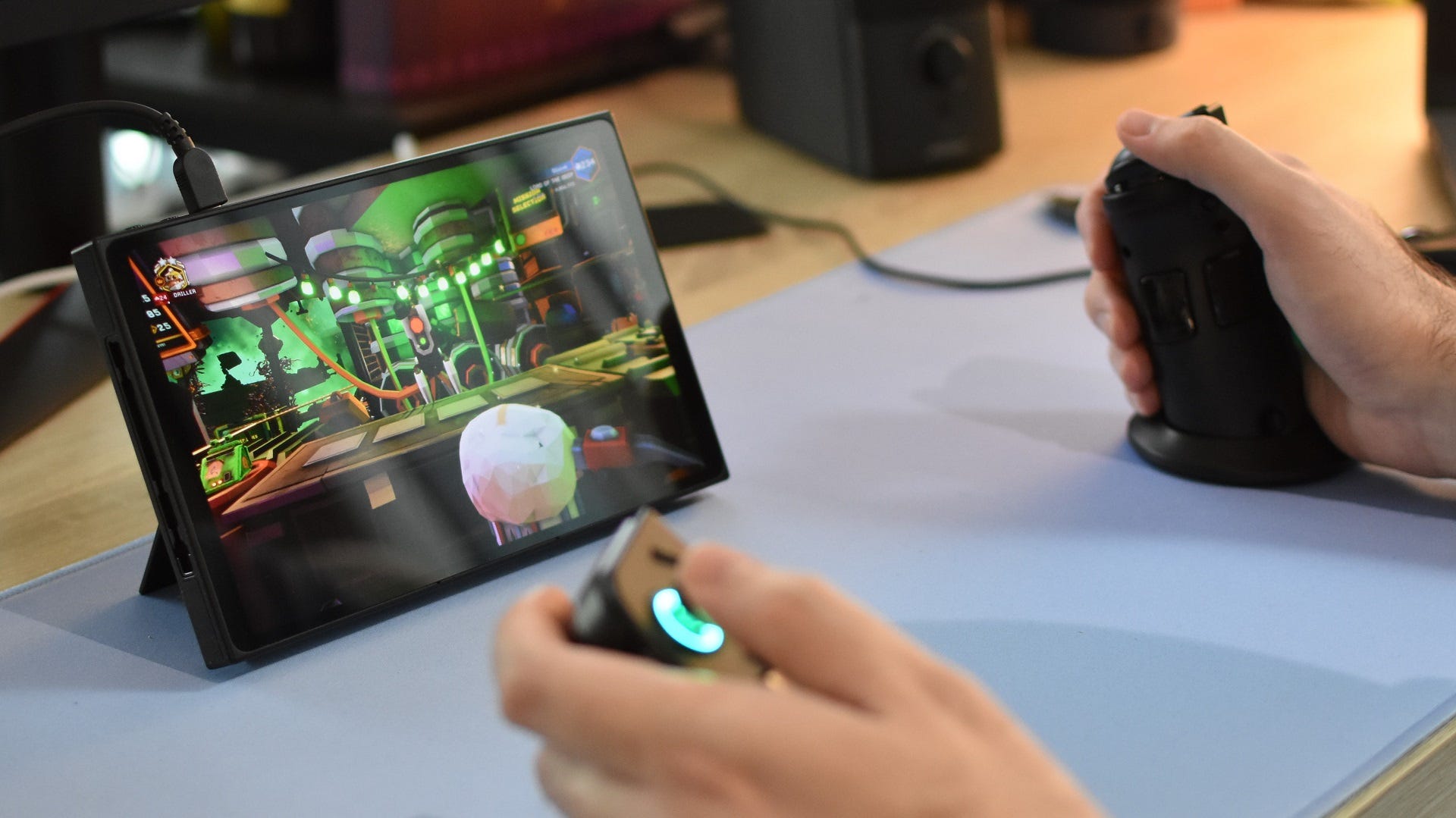Black Friday is finally here, and with it a whole slew of new unbeatable Nintendo Switch discounts. There are some of the best deals I’ve ever seen for Switch consoles, games, accessories, and more. Most importantly, the best-ever Switch deal is live, with up to $155 off the Switch Black Friday bundles.
If you’ve been after a Switch, this is the deal for Black Friday, and it’s pretty incredible. There’s also Tears of the Kingdom for just $30 at Walmart from today as well, while it’s still in stock! Check out the rest of our top picks below and stay tuned for details on more upcoming offers.
TL;DR – Best Switch Black Friday Deals
Back In Stock: Switch Black Friday Console Deals
Nintendo has rolled out a standout Black Friday deal for 2024, offering the Switch OLED bundle at $275 and the standard Switch bundle at $225. Both bundles include a digital copy of Mario Kart 8 Deluxe and a 12-month Nintendo Switch Online subscription, marking them one of the best Black Friday deals available in 2024.
Even with the anticipated Switch 2 expected next year, this deal is likely to be extremely popular. Together, the bundles represent a $155 saving compared to buying each item separately. The inclusion of a full year of NSO membership is also a notable upgrade from past bundles, which typically featured just three months of Nintendo Switch Online.
Switch Black Friday Game Deals
The final phase of Nintendo’s Black Friday sale is now live, and these are the best deals, which aren’t getting any better! To be fair, they are mostly excellent as it is.
The sale features feature discounts on popular Switch titles, including Sonic X Generations for $29.99, Super Mario Odyssey for $29.99, The Legend of Zelda: Echoes of Wisdom for $44.99, and Balatro for $19.99.
Switch MicroSD Card Black Friday Deals
The Nintendo Switch and Switch OLED offer 32GB and 64GB of internal storage, respectively, with some of that reserved for the operating system.
To put this into perspective, Tears of the Kingdom takes up 16GB, while Breath of the Wild requires about 13.5GB. Downloading both games digitally would nearly fill the original Switch’s storage, making a high-capacity memory card less of a luxury and more of a necessity.
Nintendo Switch Joy-Con and Controller Deals
Black Friday is a perfect time to pick up any Nintendo Switch controllers you could use, because they pretty much all go on sale for the lowest prices of the year. That goes for both Joy-Con controllers and standard Pro-style controllers.
Thankfully, Black Friday sales make storage upgrades much more affordable. A 1TB microSD card is now available for $57.99, while a 512GB card can be picked up for just $32.99, offering ample space for games, DLC, and updates. Portable gaming needs are also covered, with one of the best power banks on the market dropping to its lowest price ever at $77.99. Additionally, Switch Pro controllers are now just $49.99, making this Black Friday an excellent time to grab essential accessories at significant discounts.
Free In-Store Upcoming Switch Events
Nintendo is also organizing in-person demo events at Target, Best Buy, and GameStop, giving players a chance to try upcoming games and participate in giveaways.
- Dec. 7: Best Buy Family Fun Day will offer hands-on demos for games like Mario & Luigi: Brothership, The Legend of Zelda: Echoes of Wisdom, Super Mario Party Jamboree, Mario Kart 8 Deluxe, and Just Dance 2025.
- Dec. 14: GameStop will host demos for the same lineup.
What About Switch 2? The Current State of the Nintendo Switch
Nintendo also shared more about sales of the current Switch and its software, including that it was cutting the sales projection of its current hardware for the financial year ending March 2025 from 13.5 million units to 12.5 million units.
Nintendo had a 17% revenue drop and a 69% profit drop versus the same quarter from its last financial year, and it sold 4.72 million Switch units in the six months ending September 30. That latter figure is down from the 6.84 million units sold during the same period last year.
On the software side from April to September 2024, Nintendo said The Legend of Zelda: Echoes of Wisdom sales have reached 2.58 million, Mario Kart 8 Deluxe’s have jumped up 2.31 million, Paper Mario: The Thousand-Year Door’s have climbed to 1.94 million, and Luigi’s Mansion 2 HD’s have scared to 1.57 million.
Nintendo has confirmed that the yet-to-be-announced Switch 2 will be backward-compatible with original Switch games and will feature Nintendo Switch Online.
Nintendo president Shuntaro Furukawa shared the news during the company’s Corporate Management Policy Briefing, revealing a bit more about the successor to 2017’s Nintendo Switch.
“This is Furukawa,” Nintendo wrote on X/Twitter. “At today’s Corporate Management Policy Briefing, we announced that Nintendo Switch software will also be playable on the successor to Nintendo Switch. Nintendo Switch Online will be available on the successor to Nintendo Switch as well. Further information about the successor to Nintendo Switch, including its compatibility with Nintendo Switch, will be announced at a later date.”
We have a ton left to learn about this new Switch as we are still waiting for its actual announcement, which Nintendo has previously said will happen by the end of March 2025.
Black Friday: Why Can You Trust IGN?
Why trust IGN for your shopping advice? Our team of seasoned writers, passionate about gaming, tech, and homeware, has been covering deals and Black Friday events for an average of five years or more. With a year-round focus on bargains, we can spot genuine discounts and steer clear of misleading offers. Every deal featured in this article is carefully handpicked by knowledgeable experts who genuinely aim to help you save money.
Black Friday falls on November 29! All month long, retailers have been rolling out sales, ramping up to massive discounts on Black Friday and through the weekend into Cyber Monday. There are already some fantastic deals available on PS5 consoles and controllers, video games for all platforms, AirPods Pro, and tons more.
Robert Anderson is a deals expert and Commerce Editor for IGN. You can follow him @robertliam21 on Twitter.
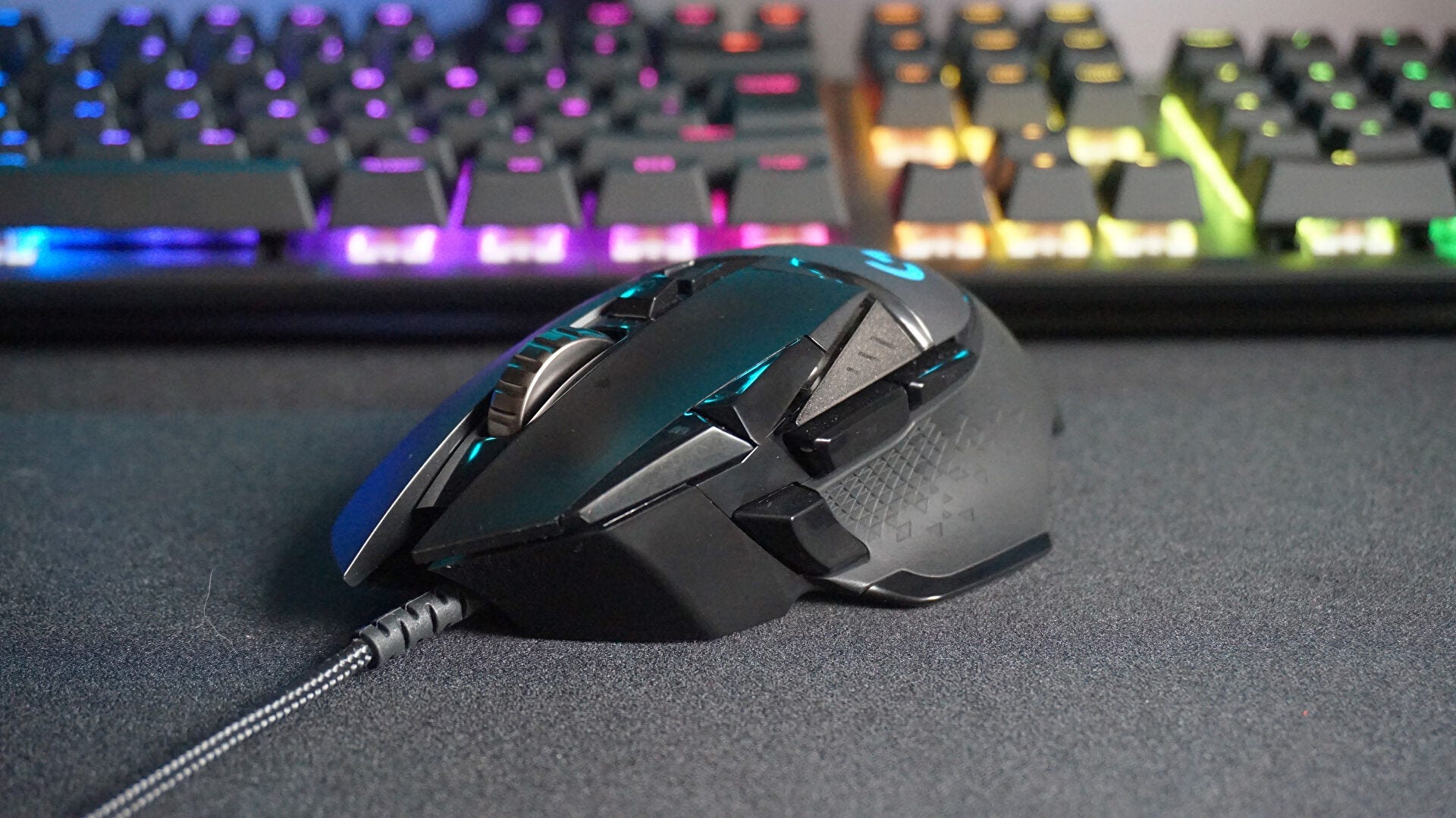

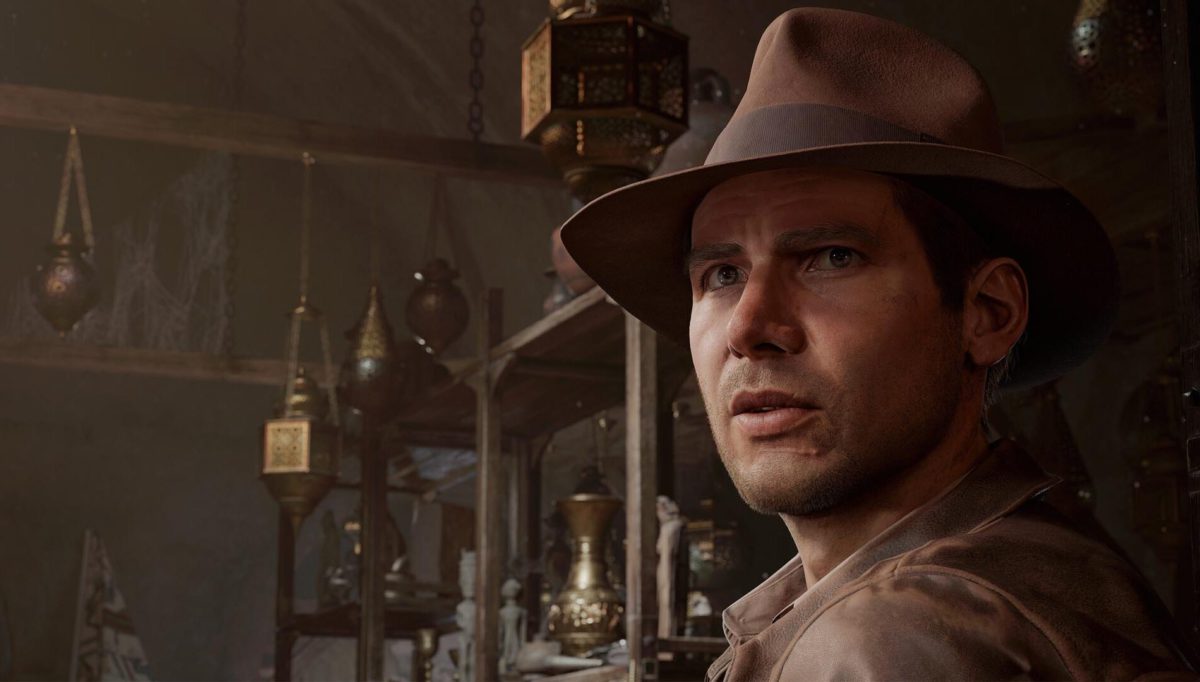
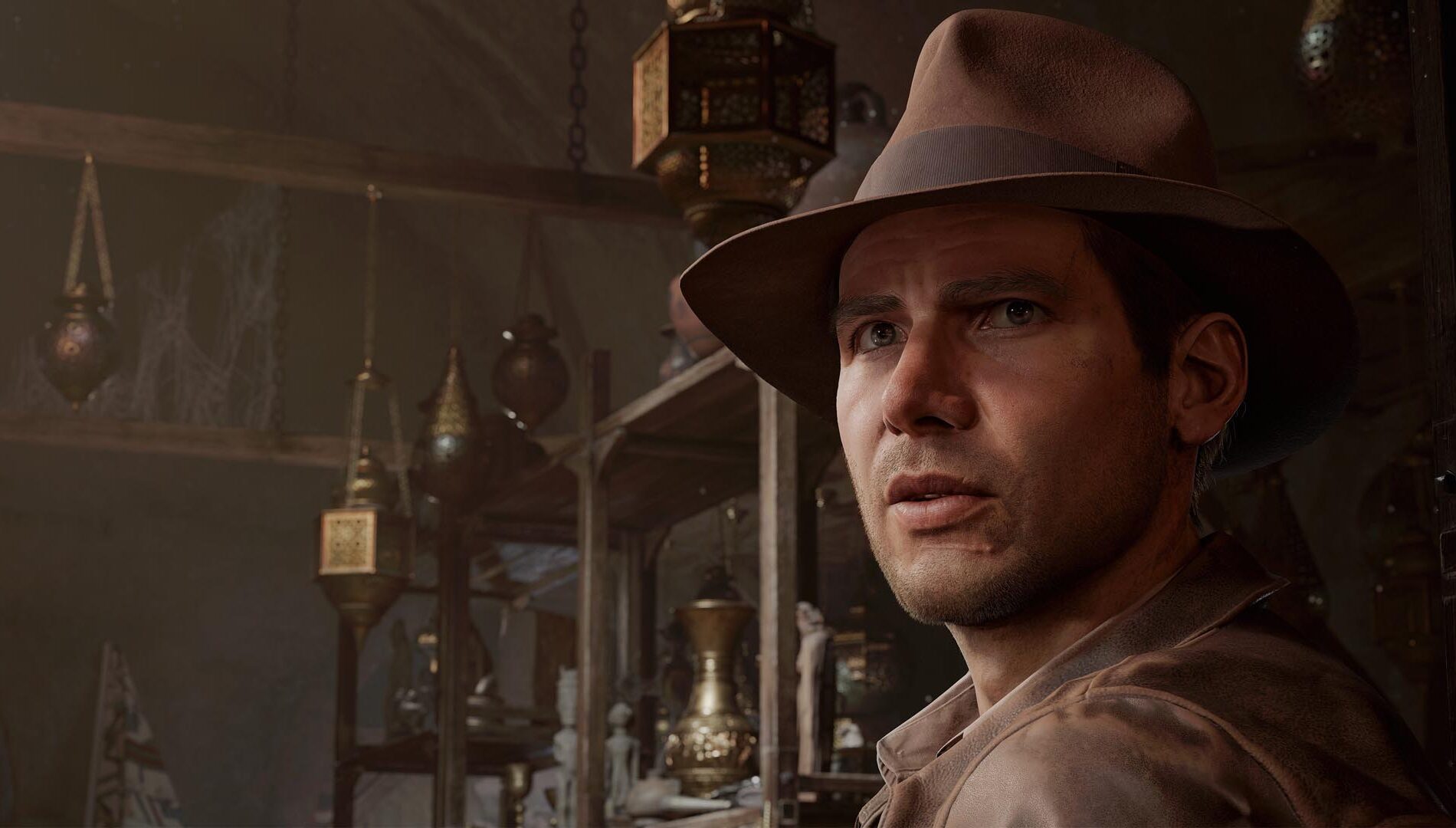




















 : Digital Premium Edition
: Digital Premium Edition










